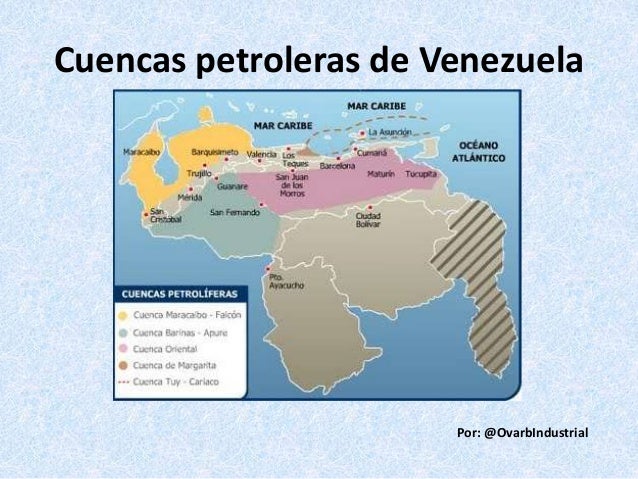Cuencas Petroliferas De Venezuela
. 136 Downloads.AbstractUltramafic-hosted deposits of magnesite (MgCO 3) have been studied on Margarita Island, Venezuela, to elucidate the source of carbon and conditions of formation for this type of ore. Petrographic, mineralogic, and δ 18O data indicate that magnesite precipitated on Margarita in near-surface environments at low P and T. Δ 13C ranges from −9 to −16‰ PDB within the magnesite and −8 to −10‰ PDB within some calcite and dolomite elsewhere on the island.
The isotopically light dolomite fills karst and the calcite occurs as stock-work veins which resemble the magnesite deposits. These carbon isotopic ratios are consistent with a deep-seated source rather than an overlying source from a zone of surficial weathering.

Aplikasi kartu pelajar. However, there is not much enrichment of precious metals and no enrichment of heavy rare-earth elements, as would be expected if the carbon had migrated upward as aqueous carbonate ions. The carbon probably has risen as a gaseous mixture of CO 2 and CH 4 which partially dissolved in near-surface water before leaching cations and precipitating as magnesite and other carbonates. The process probably is ongoing, given regional exhalation of carbonaceous gases.
Cuencas Petroliferas De Venezuela Wikipedia
The Orinoco Oil Belt, considered to be the largest hydrocarbon accumulation in the world, is located on the southern border of the Eastern Venezuela basin. The stratigraphic column of the area includes rocks of Pre‐Cambrian to Recent ages, but more than 90% of the crude oils are found in Miocene sediments.Three transgressive‐regressive cycles with wide regional distributions are recognised in the Tertiary system: Cycle 1 includes the La Pascua, Roblecito and Chaguaramas formations of Oligocene age; and Cycles 2 and 3 include the Officina, Upper Chaguaramas and Freites formations of Miocene age. Within the cycles, five lithostratigraphic units are defined, and a sedimento logical model for Units I and III is consequently established, recognizing north‐orientated, wave and tide‐influenced, prograding deltas.Tensional tectonics characterize the area as having two structural provinces, separated by the Hato Viejo fault system: the Eastern Province, characterized by a transgressive sequence overlying the Pre‐Cambrian basement; and the Western Province, where the Tertiary unconformably overlies Cretaceous and Paleozoic sediments. Hydrocarbon accumulations in the Orinoco Oil Belt predominantly occur in stratigraphic traps, but are controlled by regional structures.Four types of crude oils are identified, with density values between 8.5 and 13° API.
The volume of oil in‐place in the Orinoco Oil Belt totals 187,897 MM† cu. M(1,181 B brl). The largest accumulations are found in the sands of Unit I.